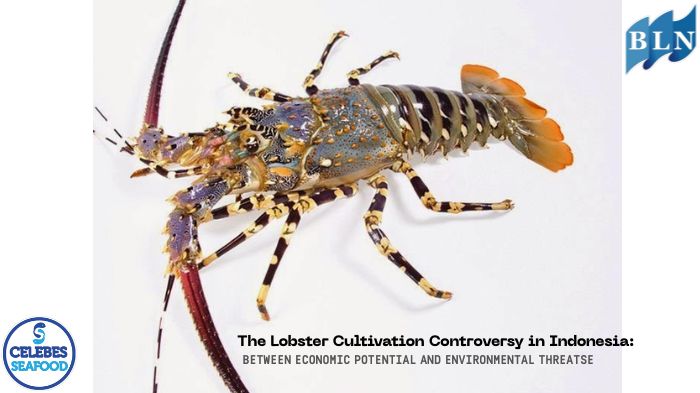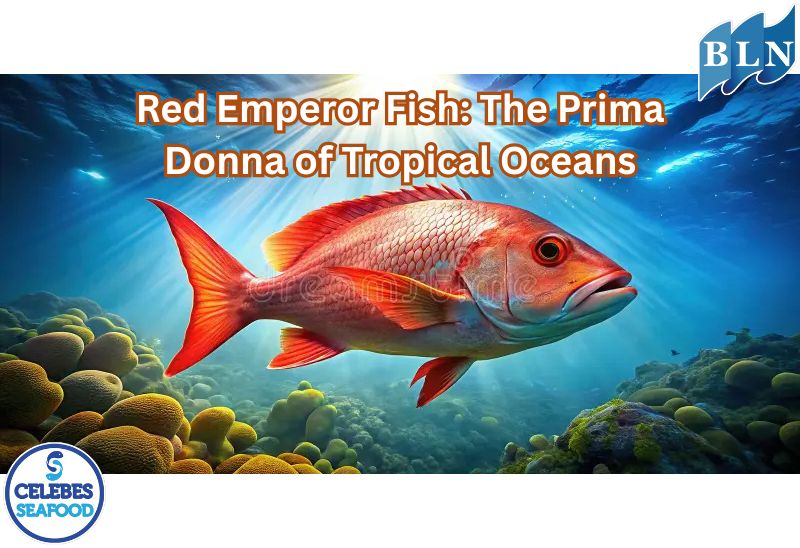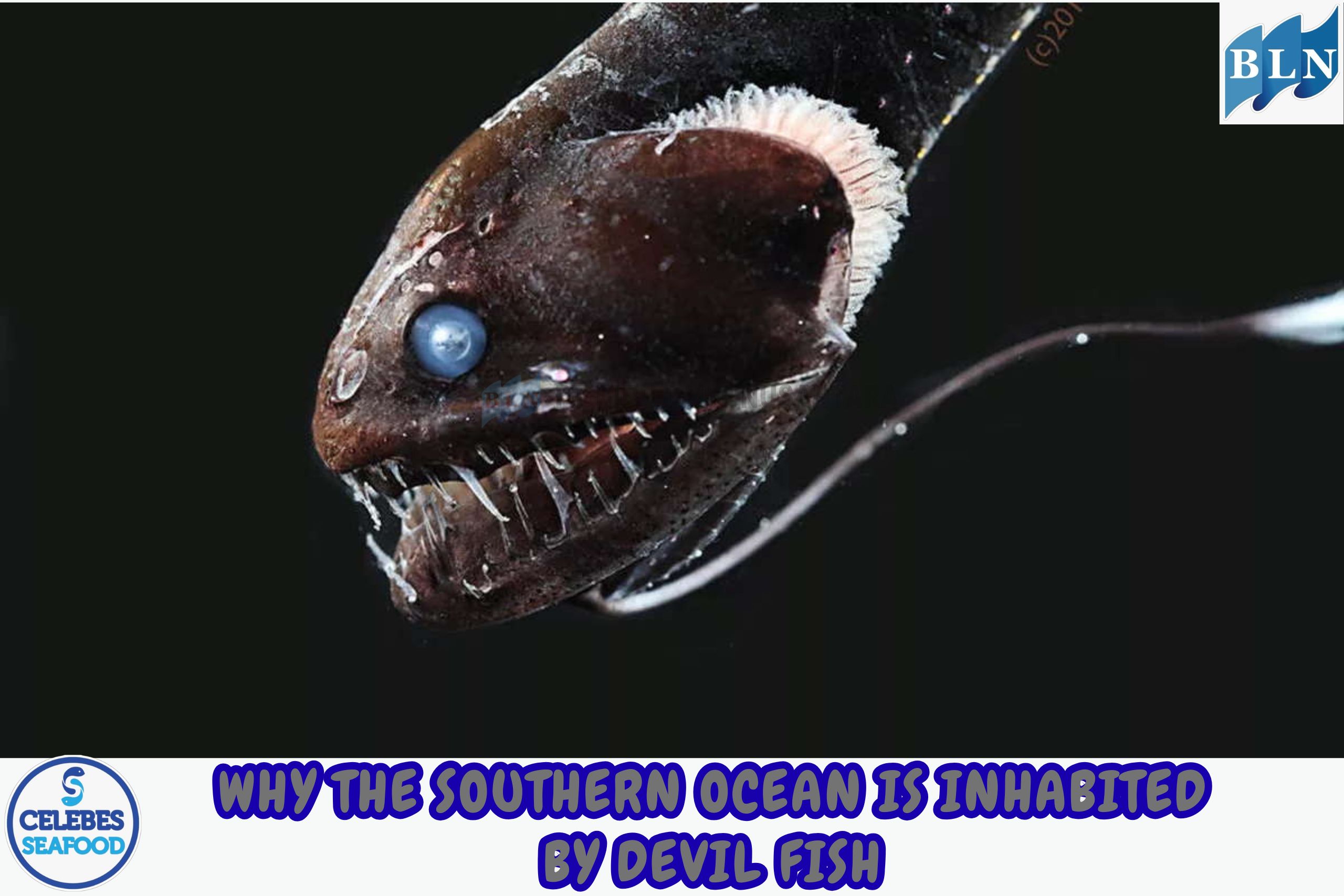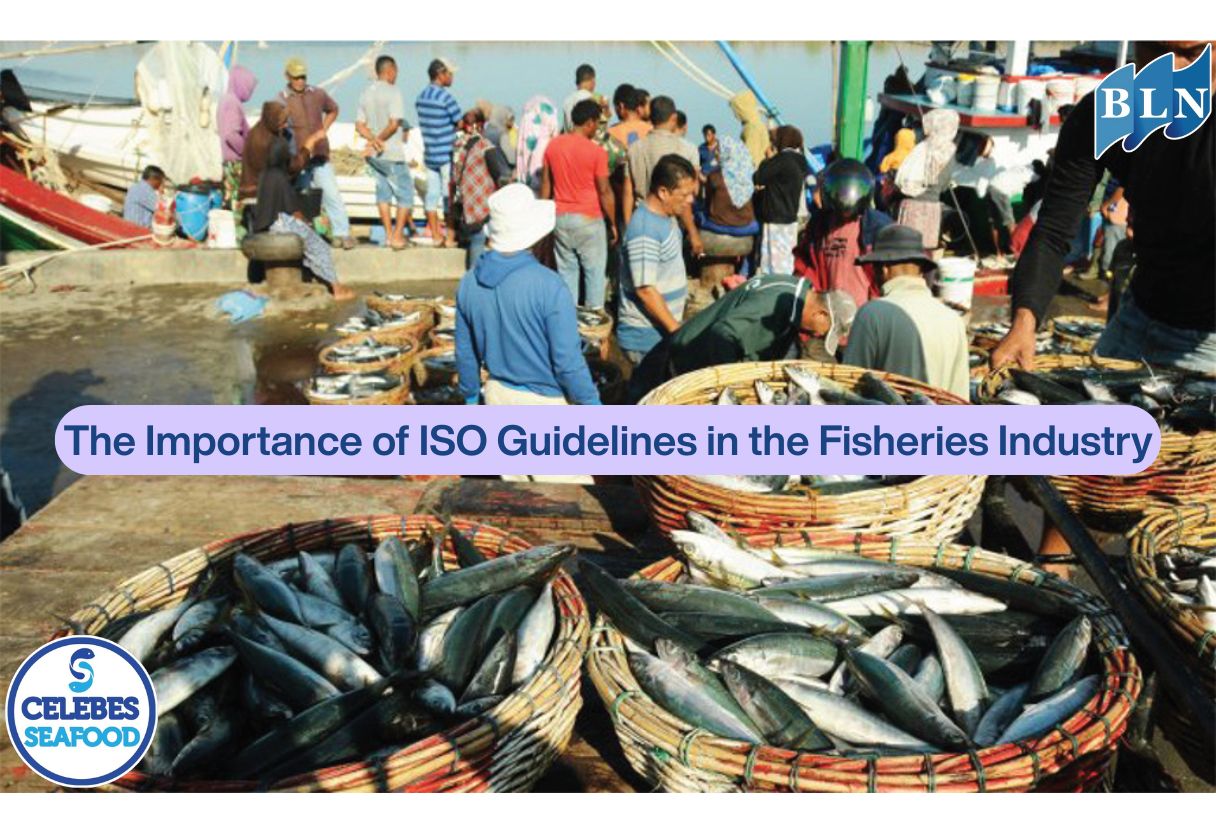The Role of Seagrass in Purifying Seawater and Stabilizing Coastal Sediments
By. Edi - 09 Jun 2025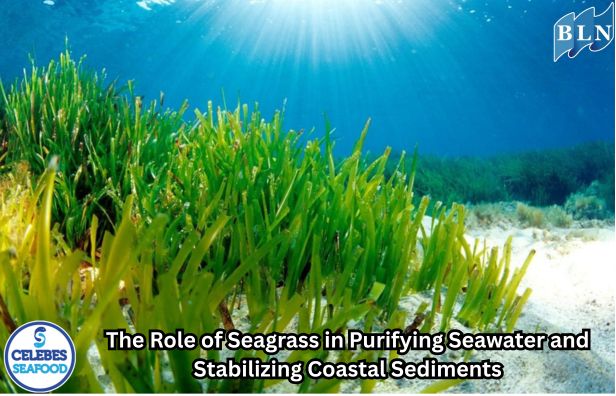
lautnusantara.com Seagrass beds, often overlooked by the grandeur of coral reefs or the lushness of mangrove forests, are actually vital ecosystems in coastal waters. More than just underwater "meadows," seagrass beds play a crucial role in maintaining seawater quality and stabilizing sediments, providing invaluable ecological benefits to the marine ecosystem as a whole and coastal communities.
A. Natural Seawater Purifier
One of the main functions of seagrass beds is as an effective natural filter for seawater. This purification process occurs through several mechanisms:
- Filtering Suspended Particles: The long, dense leaves of seagrass create a physical barrier to water flow. As water flows through the seagrass bed, suspended particles such as sediment, silt, and organic pollutants floating in the water are trapped and settle to the bottom. This significantly reduces water turbidity and increases sunlight penetration. Clear water is essential for the growth of corals and other photosynthetic organisms.
- Excess Nutrient Absorption: Seagrasses are vascular plants with root systems. The roots and rhizomes of seagrasses are able to absorb excess nutrients such as nitrogen and phosphorus from the water column and sediment. Excess nutrients, often from agricultural or household waste, can lead to excessive algal growth (eutrophication) which is detrimental to marine ecosystems. By absorbing these nutrients, seagrasses help prevent algal blooms which can deplete oxygen and harm marine life.
- Carbon Fixation: In addition to being a physical filter and nutrient absorber, seagrasses also play a role in carbon fixation. The photosynthesis process carried out by seagrasses converts dissolved carbon dioxide into biomass. Some of this carbon is then stored in the seagrass tissue and the sediment below, contributing to water clarity and also mitigating climate change.
B. Coastal Sediment Guards
In addition to purifying the water, seagrass meadows also act as natural stabilizers for sediment on the seabed and in coastal areas, providing important protection against erosion:
- Strong Root and Rhizome Networks: Seagrasses have extensive, interconnected root and rhizome systems beneath the sediment surface. These networks act like a web, physically holding sand, silt, and gravel together so that they are not easily carried away by currents or waves. This is critical for maintaining shoreline stability and preventing erosion.
- Reduces Current and Wave Energy: Seagrass fronds that stand upright in the water column reduce the speed of currents and dampen the energy of waves coming towards the shore. When currents and waves slow down, sediment particles that are transported settle instead of being carried away. This function is vital, especially in coastal areas that are vulnerable to storms and abrasion.
- Prevents Excess Sedimentation on Coral Reefs: By holding sediment in their habitat, seagrass meadows prevent silt and fine particles from being carried onto coral reefs. Excess sediment can smother corals, block sunlight needed for photosynthesis by their symbionts, and ultimately lead to coral death.
C. Further Benefits to Ecosystems and Humans
The dual role of seagrass as a water purifier and sediment stabilizer brings a range of further benefits:
- Improved Ecosystem Health: Clear waters and a stable seabed create an optimal environment for coral reefs, fish, and other marine life to thrive.
- Supporting Sustainable Fisheries: Healthy environments support larger populations of fish and marine life, making seagrass beds vital nursery grounds and feeding grounds for many economically valuable species.
- Protecting Coastal Infrastructure: By reducing erosion and dampening waves, seagrass beds indirectly protect settlements, roads, and other infrastructure along the coastline.
- Enhanced Ecotourism Potential: Clear waters and healthy ecosystems attract tourists, supporting marine tourism such as snorkeling and diving, which in turn can boost local economies.
D. Threats and Urgency of Protection
Despite their critical role, seagrass meadows currently face serious threats from human activities such as unplanned coastal development, dredging, pollution, destructive fishing, and climate change. The destruction of seagrass meadows not only eliminates these vital functions, but can also trigger a domino effect that is detrimental to the entire coastal ecosystem.
Therefore, the protection and restoration of seagrass meadows is a crucial investment for ocean health and the sustainability of life on earth. By understanding and appreciating their ecological role, we can take concrete steps to maintain these "lungs" and "guardians" of the coast so that they remain sustainable for future generations.
If you are interested in our Coral Trout Fillet Skin On, CORAL TROUT WGG WHOLE GILLED GUTTED, TOMATO COD WHOLE GILLED GUTTED please do not hesitate to contact us through email and/or whatsapp


